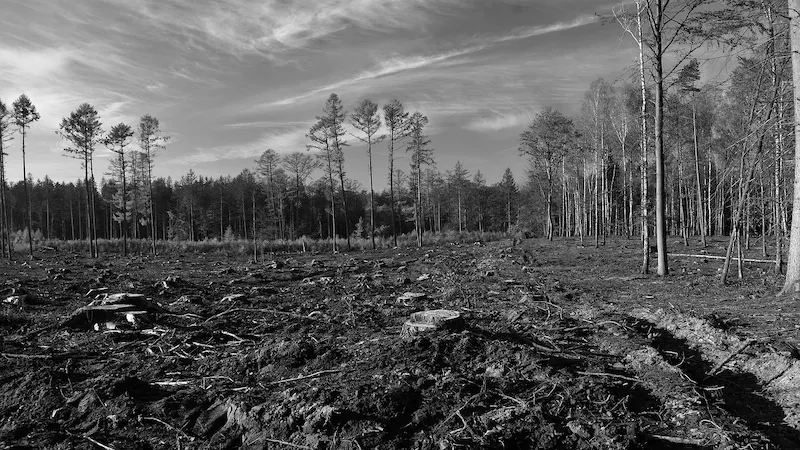
Are We Losing the Fight Against Climate Change? Forest Carbon Stocks Are at Serious Risk!
2025-03-29
Author: Arjun
Introduction
In a startling revelation, recent research indicates that our planet’s forests, once regarded as a robust mechanism for absorbing carbon dioxide, are now facing unprecedented threats. Historically, intact forests helped absorb about 7.8 billion tonnes of CO₂ each year—nearly a fifth of all human emissions. However, climate change and human activities, especially deforestation, are putting the carbon storage potential of these vital ecosystems at risk.
Alarming Findings from Research
A comprehensive study from the Potsdam Institute for Climate Impact Research (PIK) highlights alarming implications for our climate goals, specifically the Paris Agreement's targets. The findings suggest that if we fail to recognize and address the decreasing capacity of forests to sequester CO₂, reaching these goals could become not only significantly more challenging but also exponentially more costly.
Urgent Call for Action
Lead author Michael Windisch, a guest scientist at PIK, stresses the urgency of immediate action: “Delaying action leads to disproportionately higher costs. Our current climate strategies are built on the assumption that forests will not only survive but thrive. Given the escalating wildfires in places like California and ongoing deforestation in the Amazon, this is a precarious gamble." He warns that the destruction wreaked by climate change poses a significant risk to the immense carbon reserves our forests hold.
Consequences of Delayed Action
The study assesses the repercussions of postponing action on forest conservation and emissions reduction. It reveals that delays can drastically increase the financial and logistical burden of carbon offset strategies— a mere five-year lag could double both the cost and intensity of measures needed to replace lost carbon. For instance, emissions cuts in the energy sector would need to be significantly intensified, coupled with a nearly doubled requirement for negative emissions technologies, demanding additional land usage that could strain other resource allocations.
Questionable Models
Furthermore, the research uncovers that existing models might be too optimistic regarding future forest carbon storage, overlooking various disturbances and the extent of deforestation while overestimating the benefits of CO₂ fertilization. To avert catastrophic climate impacts and spiraling costs, the scientists advocate for prompt measures and advocate for stronger conservation initiatives alongside accelerated decarbonization efforts.
The Importance of Monitoring and Realistic Projections
Florian Humpenöder, another scientist involved in the study, underscores that forests are finite resources that need rigorous supervision. “We must detect any decline in carbon sinks at an early stage,” he warns, calling for realistic projections concerning forest carbon storage to reflect these challenges accurately.
Conclusion and Call to Action
Ultimately, the study drives home a crucial conclusion from Alexander Popp, head of PIK's Land Use Transition lab, who urges that merely hoping forests will remain intact is insufficient to keep global warming below critical thresholds. To secure our climate future, it is essential not only to protect our forests but also to embrace sustainable land-use practices that preserve biodiversity and avert dire economic repercussions. The time to act is now—can we afford to wait?




 Brasil (PT)
Brasil (PT)
 Canada (EN)
Canada (EN)
 Chile (ES)
Chile (ES)
 Česko (CS)
Česko (CS)
 대한민국 (KO)
대한민국 (KO)
 España (ES)
España (ES)
 France (FR)
France (FR)
 Hong Kong (EN)
Hong Kong (EN)
 Italia (IT)
Italia (IT)
 日本 (JA)
日本 (JA)
 Magyarország (HU)
Magyarország (HU)
 Norge (NO)
Norge (NO)
 Polska (PL)
Polska (PL)
 Schweiz (DE)
Schweiz (DE)
 Singapore (EN)
Singapore (EN)
 Sverige (SV)
Sverige (SV)
 Suomi (FI)
Suomi (FI)
 Türkiye (TR)
Türkiye (TR)
 الإمارات العربية المتحدة (AR)
الإمارات العربية المتحدة (AR)